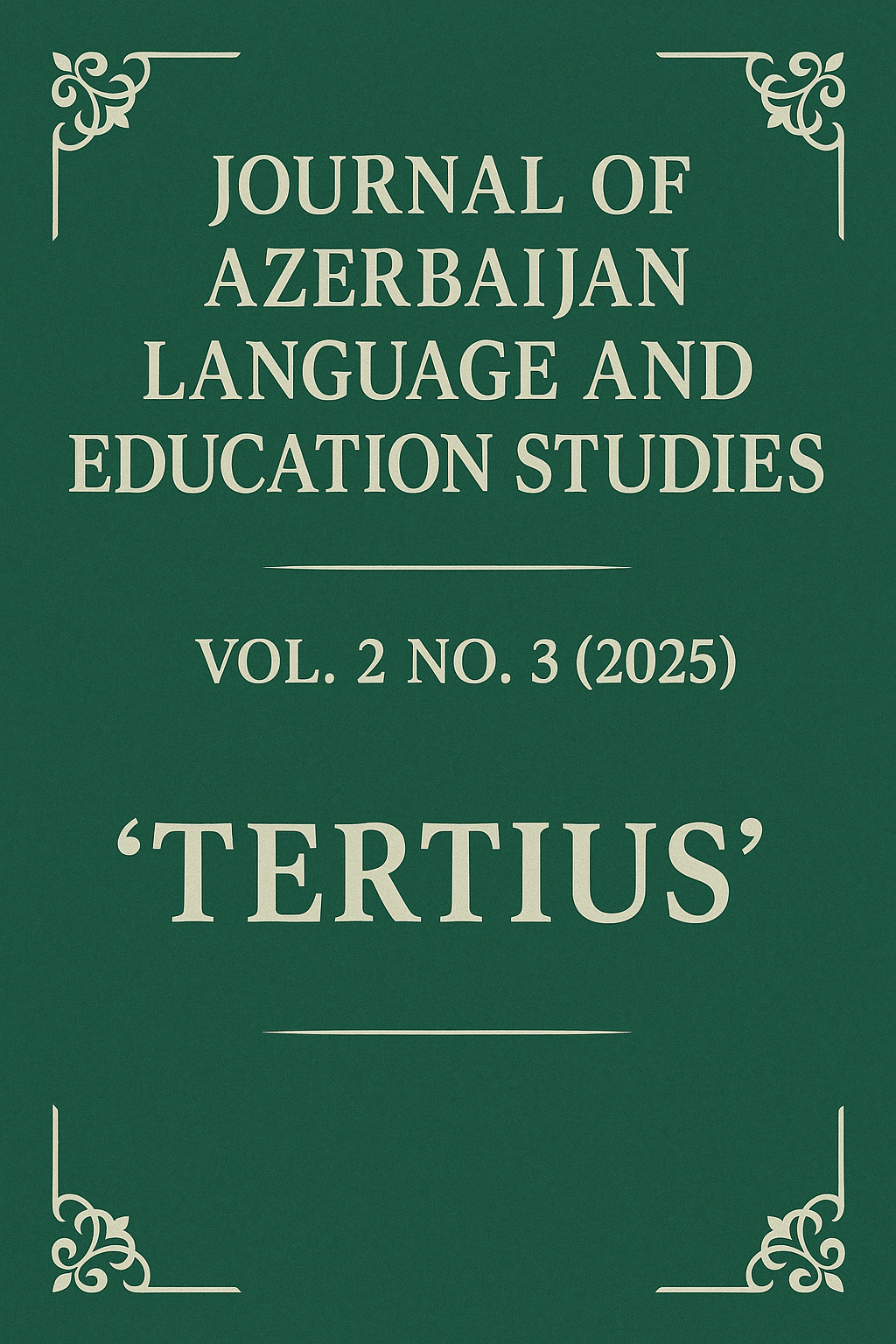Class and Character in Emma: Jane Austen’s Subtle Critique of Social Hierarchies
DOI:
https://doi.org/10.69760/jales.2025002020Keywords:
Austen, class hierarchy, Emma Woodhouse, Regency societyAbstract
This article analyzes Jane Austen’s portrayal of class structures in Emma, exploring how social hierarchy, gentility, and economic status shape the characters’ interactions and moral development. Through close reading and contextual analysis, the study argues that Austen critiques class consciousness not through radical opposition but via ironic observation and personal growth, particularly in the character arc of Emma Woodhouse. The article highlights Austen’s subtle balance between reinforcing social norms and advocating for ethical responsibility among the privileged, revealing a rich engagement with class-based values in Regency England.
References
Austen, J. (1815). Emma. Project Gutenberg. https://www.gutenberg.org/files/158/158-h/158-h.htm (Original work published 1815)
Delany, P. (2000). “A Sort of Notch in the Donwell Estate”: Intersections of status and class in Emma. Eighteenth-Century Fiction, 12(4), 533–548.
Hawksley, E. (2019, October 6). Jane Austen: “Emma” and class [Blog post]. Retrieved from http://elizabethhawksley.com/jane-austen-emma-and-class/
Koziar, F. (2015). Manners, mobility, class, and connection in Austen’s Emma and Pride and Prejudice. Criterion: A Journal of Literary Criticism, 8(1), Article 7. Available at BYU ScholarsArchive.
Krismawati, M. (2021). Social status reflected in Jane Austen’s Emma. Humanitatis: Journal of Language and Literature, 7(2), 1–8. https://doi.org/10.30812/HUMANITATIS.V7I2.1190
Landow, G. P. (n.d.). Jane Austen’s prescient idea of the gentleman. In The Victorian Web. Retrieved from http://victorianweb.org/previctorian/austen/kitsonclark.html
Orendain, E. (2016). The (Mis)Education of Harriet Smith: Confidence, perception, and character development in Emma. In 2016 Essay Contest Winning Entries (Graduate Division). Jane Austen Society of North America. Retrieved from https://jasna.org/publications/essay-contest-winning-entries/2016/emmabel-orendain/
Sadeq, A. E. (2017). The presentation of the gentleman in Jane Austen’s novel Emma (1816). Asian Social Science, 13(7), 181–189. https://doi.org/10.5539/ass.v13n7p181
Sutherland, K. (2014). Jane Austen: Social realism and the novel. In Discovering Literature: Romantics & Victorians. British Library. Retrieved from https://www.bl.uk/romantics-and-victorians/articles/jane-austen-social-realism-and-the-novel
Tobin, M.-E. F. (1988). Aiding impoverished gentlewomen: Power and class in Emma. Criticism, 30(4), 413–430. (Available via Wayne State University Digital Commons)
Sadiqzade, Z. (2025). From Neologisms to Idioms: Tracing Literary Innovation in the Evolution of the English Lexicon. Porta Universorum, 1(1), 13-18. https://doi.org/10.69760/k2g75h54
Sadigzadeh, Z. Interplay of Linguistic Relativism and Universalism. Akademik Tarih ve Düşünce Dergisi, 11(3), 1750-1758.
Mammadova, İ. (2023). Struggle and Lonely Sorrow in Byron's Romanticism (Based on Poems" the Giaour"," the Corsair"," the Bride of Abydos" and" the Prisoner of Chillon"). Akademik Tarih ve Düşünce Dergisi, 10(2), 355-363.
Mammadova, I. (2024). The Concept of the Absurd: Camus’ Literary Exploration of Existential Philosophy. Global Spectrum of Research and Humanities , 1(1), 111-120. https://doi.org/10.69760/gsrh.01012024010
Babazade, Y. (2025). Speech Acts and Hidden Meaning: A Journey into Pragmatics. Acta Globalis Humanitatis Et Linguarum, 2(1), 221-228. https://doi.org/10.69760/aghel.02500128
Downloads
Published
Issue
Section
License
Copyright (c) 2025 Journal of Azerbaijan Language and Education Studies

This work is licensed under a Creative Commons Attribution-NonCommercial-NoDerivatives 4.0 International License.




